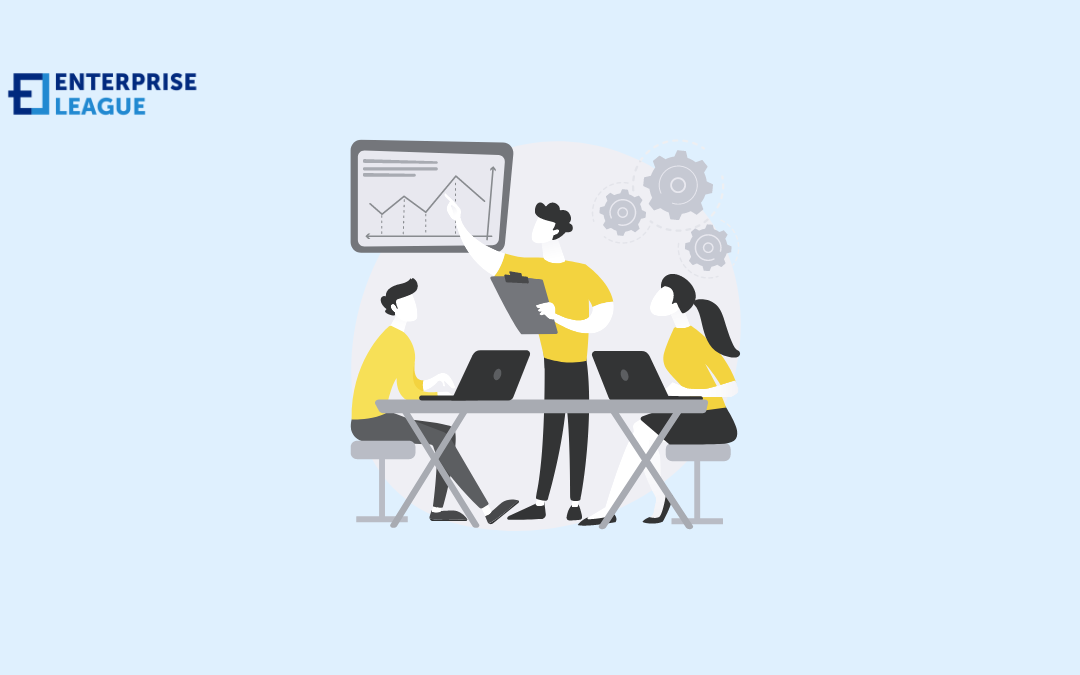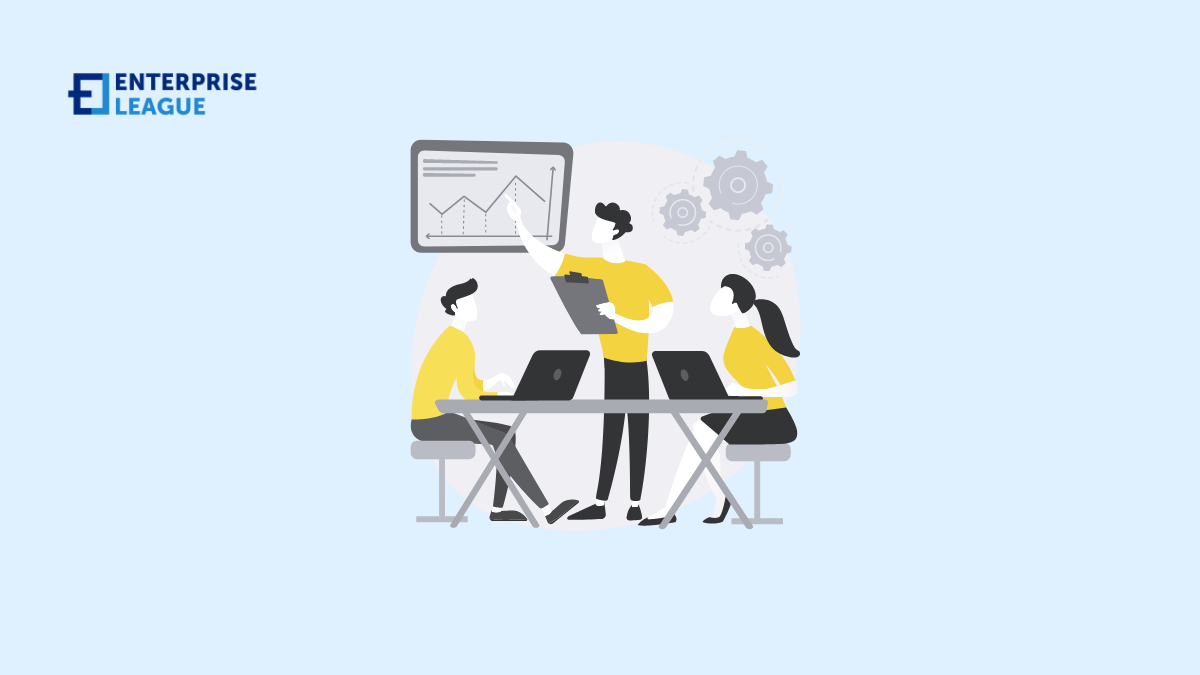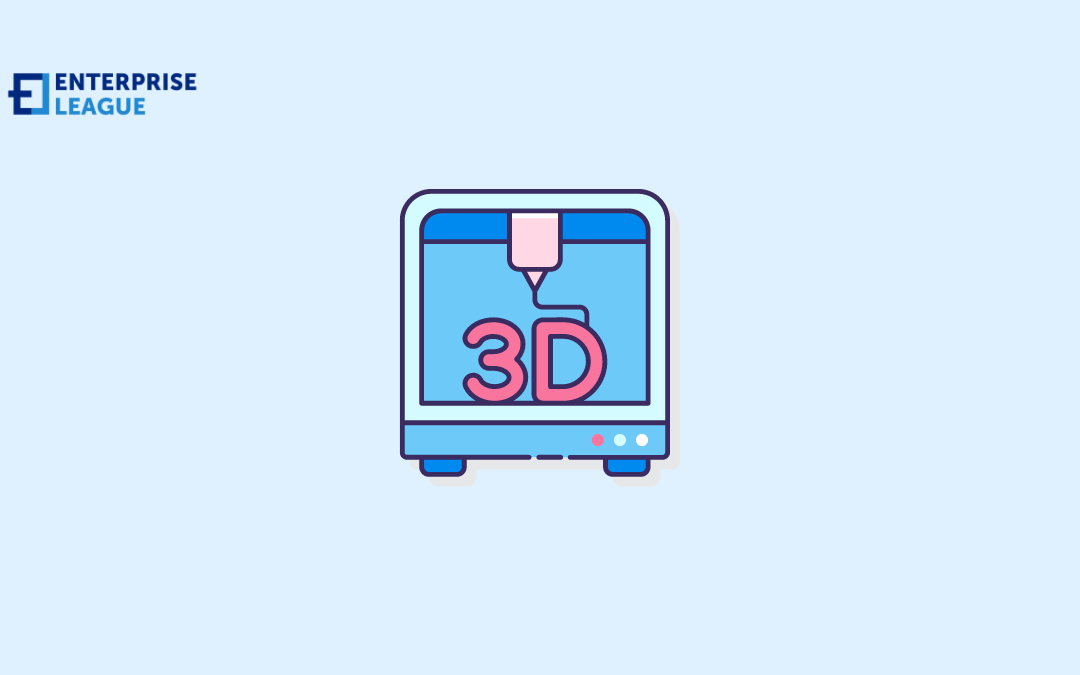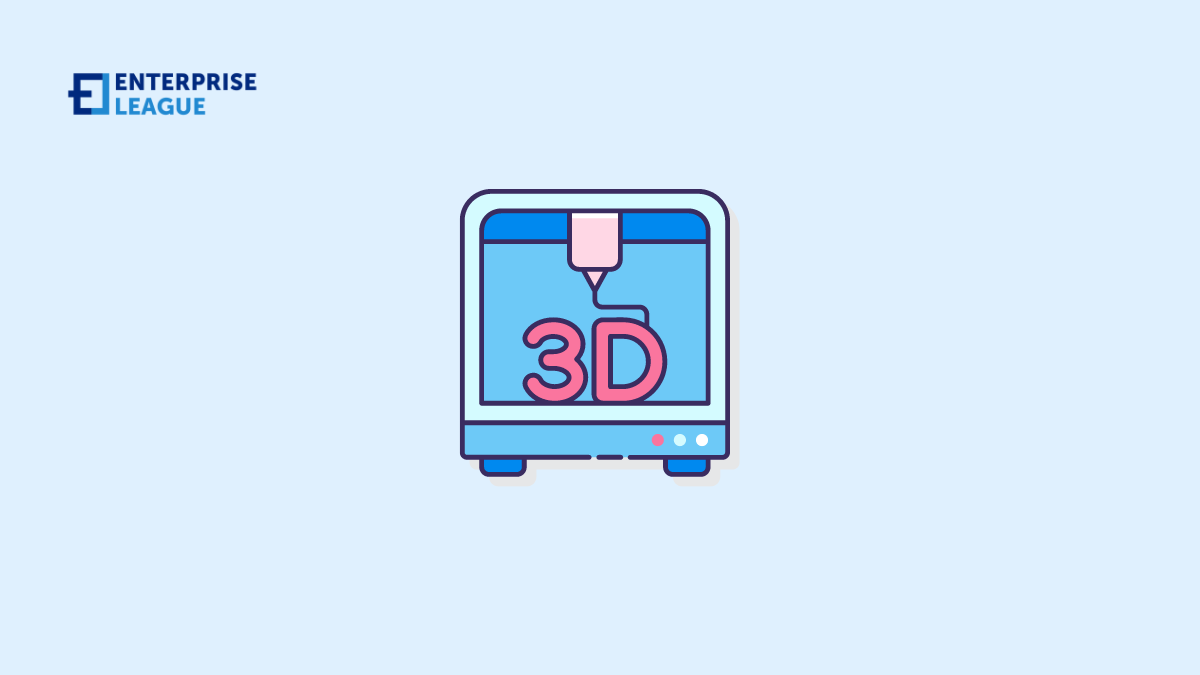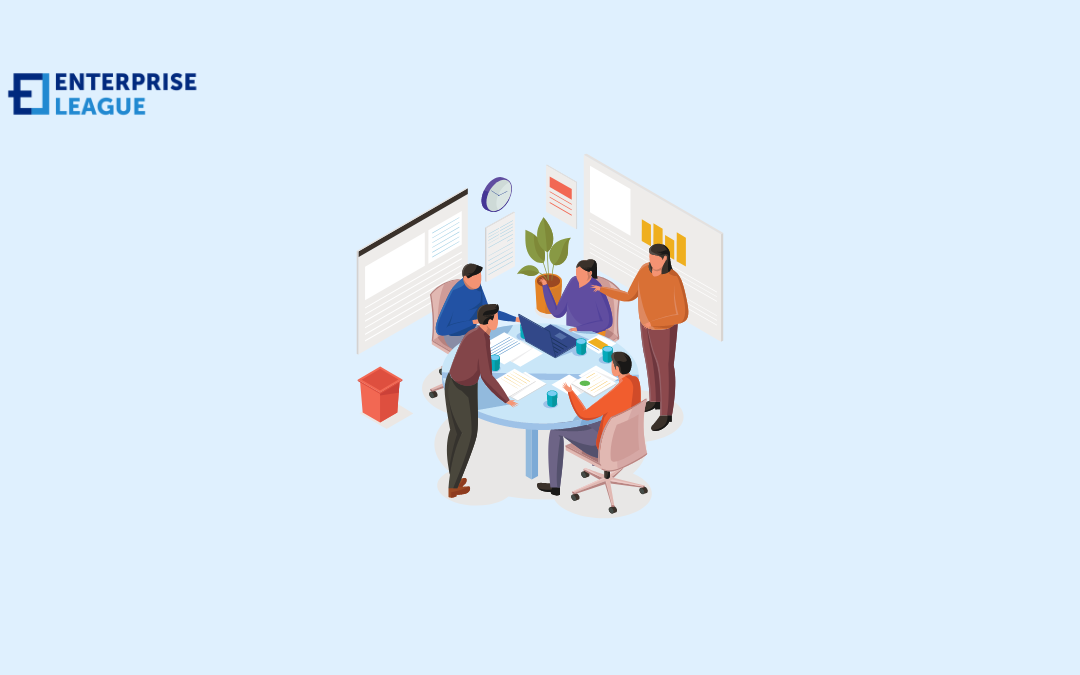Custom office nameplates play an important role in any workplace. They help create a sense of pride, make positive first impressions, strengthen brand identity and encourage open communication. Desk nameplates also make onboarding smoother by helping new employees...

Dubai’s real estate market: Finding the perfect freehold property in Dubai
Dubai’s real estate market: Finding the perfect freehold property in Dubai
April 20, 2023

Whether you’re an investor looking for the popular two-bedroom apartment segment or a first-time homebuyer. In this article, we will explore the details of discovering the ideal freehold property in Dubai. We will cover crucial considerations, tips, and insights to help you navigate the dynamic real estate landscape of this bustling city.
Types of real estate in Dubai
What to look for when looking for real estate
The city offers three types of residential properties – apartments, townhouses, and cottages. Apartments are often more affordable to rent or purchase compared to detached houses, especially in non-central areas or away from the first sea line. Townhouses, a prevalent style of housing in Europe, are residential buildings with low-rise structures that consist of multiple apartments. Each apartment is equipped with a separate entrance, a lawn, a front garden, and sometimes a garage. Cottages encompass private houses in small areas or expansive villas with their own pools, gardens, tennis courts, and more.
Also, you should take into consideration the facilities near your selected property, such as kindergartens, schools, playgrounds, shops, entertainment centers, and clinics. This is especially crucial if you’re relocating with your family. Properties near the sea and beach are often in high demand, but they may also come with a higher price tag. The cost of housing can vary significantly depending on the location, with popular ex-pat areas like Dubai Marina or Palm Jumeirah generally being more expensive compared to other quarters or the primary/secondary property market.
Another crucial factor to consider is the distance from your home to work, as Dubai is a large city with public transport options, but also potential challenges like limited space, long taxi waits, and traffic jams. Dubai is known for its generally safe neighborhoods due to strict law enforcement, so settling in less central regions can also be a viable option.
If you’re planning to rent, the prestige of the neighborhood may not be the primary consideration, but if you’re looking to make a profitable investment for resale, properties in popular areas among travelers can be a smart choice. Being mindful of these factors and seeking professional advice can help you find the perfect freehold property in Dubai that meets your needs and investment goals.
The advantages that make apartments in Dubai so popular
The appeal of apartments in Dubai is undeniable due to several advantages, including.
- Transparent and protected real estate transactions: Real estate transactions in the UAE, including Dubai, are processed with utmost transparency and protection at the state level, ensuring a secure investment for buyers.
- Residence visa benefits: One more advantage of owning real estate in the UAE is the opportunity to obtain a residence visa for the buyer and their family members, providing a pathway to residency in the country.
- Tax-free property: Real estate properties in the UAE are not subjected to taxes, except for the full cost of the property and transaction-related expenses, resulting in cost-effective ownership.
- Dual benefits of luxury living and investment: Buying luxury real estate in Dubai not only offers a comfortable living experience but also serves as a reliable long-term investment, given the city’s dynamic property market.
- Potential rental income: The rapidly growing economy of the UAE attracts a significant number of foreigners, creating a high demand for rental properties. This presents a lucrative opportunity for apartment owners to generate a consistent source of income through rentals.
The combination of transparent transactions, residence visa benefits, tax-free ownership, investment potential, and rental income opportunities make apartments in Dubai highly appealing to both residents and investors alike.
Advice for property seekers
With the guidance of real estate specialists and real estate startups, you can easily discover properties in the listed areas of Dubai, while keeping in mind the search parameters for villas, flats, or apartments that offer maximum comfort for profitable renting or resale when prices rise. The experts at Emirates. Estate can assist you in purchasing an apartment or detached house in Dubai.
Conclusion
Dubai’s real estate market offers lucrative opportunities for property seekers, particularly in the freehold property segment. With the concept of freehold property ownership allowing foreigners to own property in designated areas without the need for a local sponsor or partner, Dubai presents an attractive landscape for investors and homebuyers alike. If you’re contemplating an investment in Dubai’s dynamic property market, understanding the advantages of owning flats for sale is crucial. Apartments not only offer potential rental income but also a modern and convenient lifestyle. Whether you’re looking to rent or buy, and regardless of your investment preferences, it’s vital to explore properties with professional advice tailored to your goals.
By considering important factors, seeking professional advice, and being knowledgeable about the different types of residential properties available, such as apartments, townhouses, and cottages, property seekers can navigate Dubai’s real estate market and find the perfect freehold property that meets their needs and investment goals.
More must-read stories from Enterprise League:
- Unique and creative guerrilla marketing ideas for small businesses.
- Importance of online privacy laws in the digital era and how they protect us.
- Some of the worst business ideas you should steer clear from.
- How to ask for a deposit in a contract without being awkward or losing a client.
- Pros and cons of social media for business you should be aware of.
Related Articles
Where to Order Custom Office Nameplates
What Are the Top-Rated Automotive Glove Companies
When you think about automotive work, images of grease, sharp tools and harsh chemicals probably come to mind. Whether you're swapping out tires, detailing a classic car, repairing windshields or towing vehicles on a rainy night, your hands are constantly taking the...
Planning Your Advisory Exit: A Human-Centered Roadmap for a Profitable and Purposeful Transition
If you're a financial advisor who has dedicated years to nurturing client relationships, managing markets, and building a reputable practice, it's only natural to wonder: what happens when it's time for me to step away? Whether you're approaching retirement or...
Who Are the Top-Rated Garage Door Professionals in Charleston – 8 Options for Homeowners
Garage doors are essential for businesses with vehicles or inventory, helping prevent theft and improve insulation. Plus, their appearance can contribute to the business's image and reputation. That said, it's important to find the right professionals who can supply...
Who Offers the Best Value Playground Installation Services in Georgia – 7 Options for Administrators
In Georgia, playgrounds are vital community spaces for children to explore, socialize and develop essential life skills. The demand for safe and engaging equipment is strong, making quality installation increasingly important. An expertly installed playground ensures...








